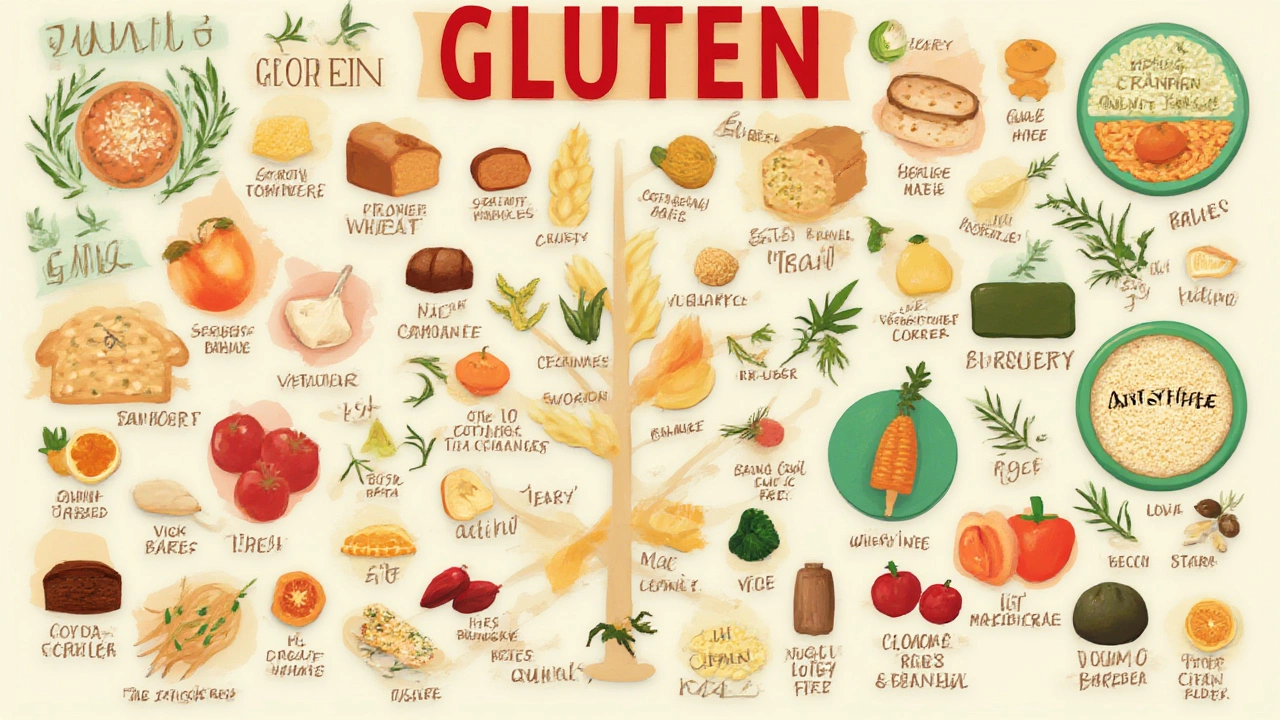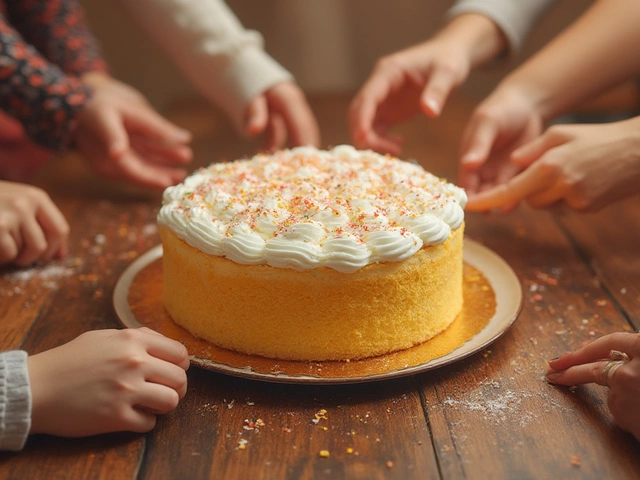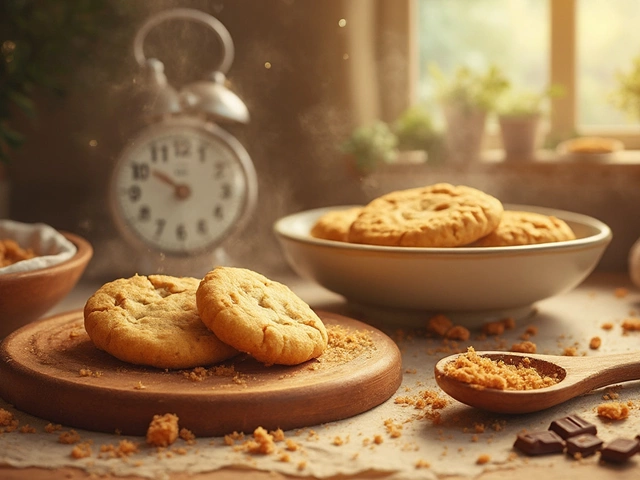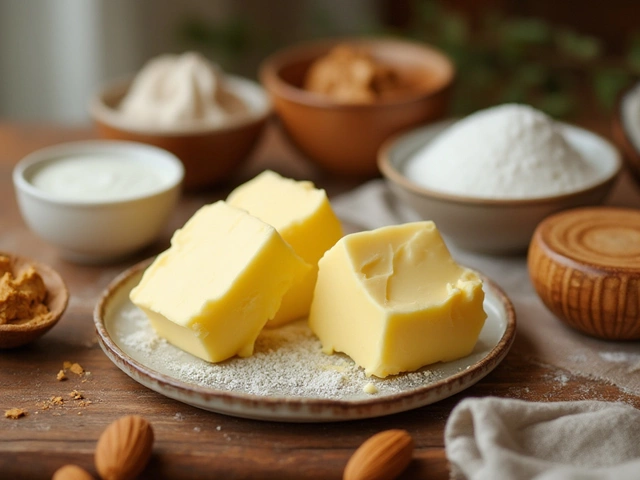Gluten Facts You Need to Know Before You Bake
Gluten shows up in wheat, barley, rye and some oats. If you’re avoiding it, you’ve probably heard a lot of rumors – and a few of them are just plain wrong. Let’s cut through the noise so you can bake with confidence.
Common Gluten Myths Debunked
Myth #1: All oats have gluten. Not true. Pure oats are gluten‑free, but most store‑bought oats get cross‑contaminated during processing. Look for a “certified gluten‑free” label if you’re celiac or very sensitive.
Myth #2: Gluten‑free equals healthier. Not automatically. Many gluten‑free products swap wheat for added sugar or extra fat to keep taste. Check the nutrition facts – you can still end up with a dessert that’s high in calories.
Myth #3: Gluten‑free breads can’t rise. They can, but you need the right tricks. Use a combination of xanthan gum, psyllium husk or guar gum to replace gluten’s structure. A bit of extra leavening (baking powder or soda) also helps.
Practical Tips for Better Gluten‑Free Baking
1. Mix your flours. A single gluten‑free flour (like rice flour) often makes a gritty crumb. Blend rice, tapioca, potato starch and a bit of almond flour for a balanced texture.
2. Don’t skip the binders. A teaspoon of xanthan gum per cup of flour is a good rule of thumb. It mimics gluten’s stretchy quality and keeps cakes from crumbling.
3. Watch the liquid. Gluten‑free batters soak up more moisture. Start with a little less liquid than a regular recipe, then add a splash if the batter looks too thick.
4. Mind the temperature. Gluten‑free cakes tend to sink in the middle because the batter collapses as it cools. Bake at a slightly lower temperature (about 25°F less) and keep the oven door closed until the cake is fully set.
5. Cool properly. Let the baked good rest in the pan for 10 minutes, then move it to a wire rack. This prevents steam from making the crumb soggy.
6. Know safe grains. Besides certified gluten‑free oats, you can safely use quinoa, millet, buckwheat, sorghum, teff, amaranth and rice. They add flavor, nutrition and a lighter texture.
7. Store right. Gluten‑free baked items dry out faster. Keep them in an airtight container with a slice of bread to retain moisture, or freeze extra portions for later.
When you follow these steps, you’ll notice your gluten‑free cakes rise better, stay moist longer, and taste just as good as the wheat‑based versions. The key is being aware of what’s really in your pantry and giving your batter the support gluten normally provides.
So next time you see “gluten‑free” on a label, you’ll know exactly what to look for and how to make it work in your kitchen. Happy baking!

What Foods Are Highest in Gluten? Surprising Sources and Facts
Delve into what foods are truly high in gluten, which grains and products sneak it in, and learn real tips for navigating your diet, with facts and tables for easy understanding.
View More




